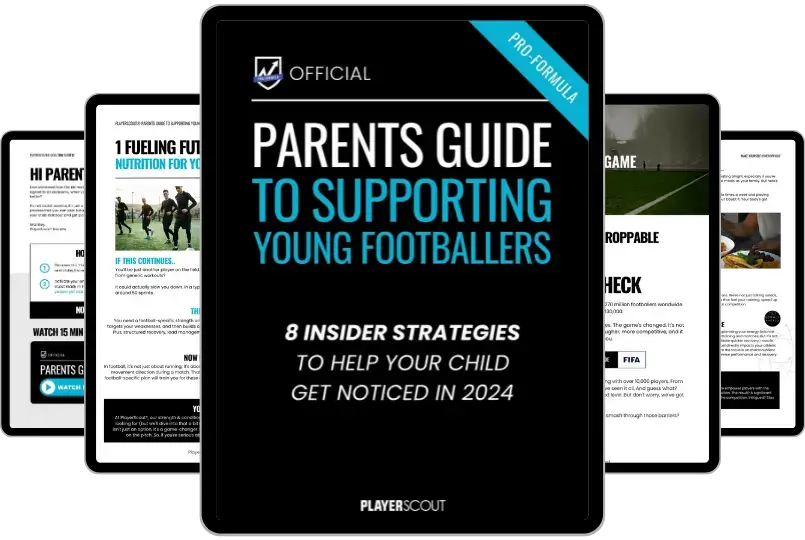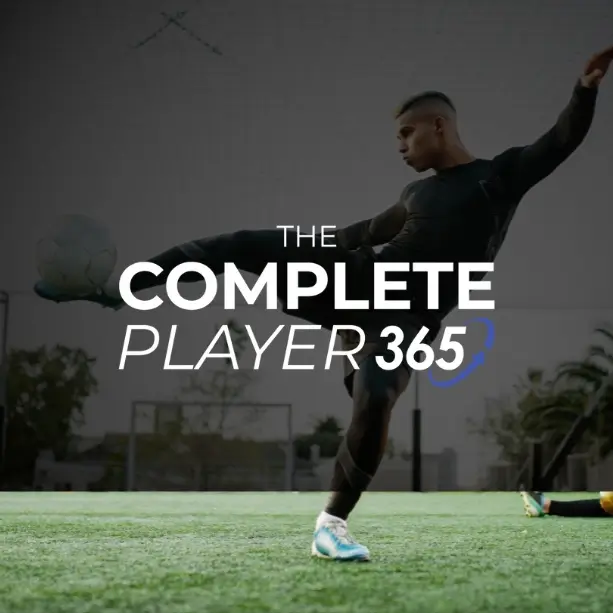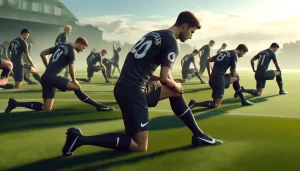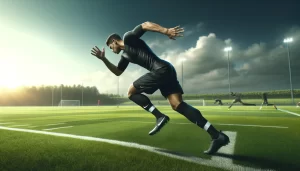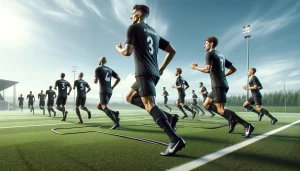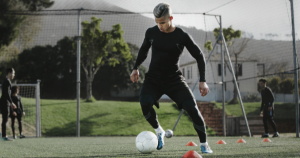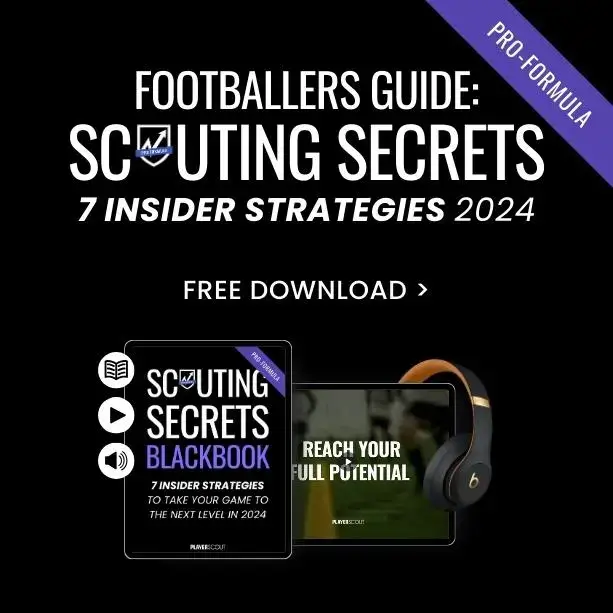How Do Calf Muscles Get Tight?
Tight calf muscles are a common problem in dynamic sports, especially football.However, there is a cure. Foam rolling calves can help to relieve the pain and add flexibility back into your lower leg.The Gastrocnemius and Soleus muscles group together to form the calf muscle and these muscles can tighten over time from excessive running, jumping and turning throughout a match or training.
Why Do Calves Muscle Get Tight?
There are many reasons your calves muscles may tighten, however, the main ones are:
Why Do Calf Muscles Get Tight?
Reason 1
(see Below)
Why Do Calf Muscles Get Tight?
Reason 1
(see Below)
Why Do Calf Muscles Get Tight?
Reason 1
(see Below)
Compartment Syndrome: Your calf muscle is surrounded by a mesh-like sheath. Pressure can build up inside this sheath when the calves muscles become too big to sit comfortably inside its surrounding. This can also cause a restriction in flexibility and pain within the calf.
Lack of stretching over time Stretching before and after playing football is essential to improving your game. If you don’t, your calves will gradually tighten up, which can cause small (micro) tears in the muscles. These tears affect the flow of blood into the muscles when you contract, restricting the delivery of nutrients to the muscle. This results in the muscle protecting itself by tightening.
What Can footballers do to help with tight calves?
There are many techniques you can do to help increase the mobility or decrease the pain in your calves The most effective methods are:
- Regular stretching over a long period (6 weeks minimum)
- Deep tissue massage by a sports therapist (this can be expensive)
- Stretch the muscle while you sleep. A night splint can help by stretching the muscles overnight (however we’ve found these can affect your sleep)
- Foam roll your calves (exercises below
Why Are Calves Muscles so Important for Football
So we know why the calves may get tight, but why should this affect you?The calves muscles are essential to a football player. When running the gastrocnemius and Soleus work together to lift your heel and move your body weight to the ball of your foot. This helps to move your body forward to create the momentum to move. Therefore the calf muscles are essential for the body to move quickly on the football field.
Another important role for healthy calf muscles is pumping blood back to the heart. As your calf muscles contract, they force blood up to the heart by compressing the veins. Therefore healthy calves muscles are important for the overall performance of the lower leg.
If you have a tight calf if can affect your stride pattern when running which can lead to a rupture of your Achilles tendon. And there is no fun in being sidelined for 6 weeks to 6 months.
So its important to look after your calves muscles, and foam rolling your calves daily will do them the world of good.
How Does Foam Rolling Help Your Calf Muscles
Foam rolling your calves can help you improve various areas of your game.
Although there are no substantial studies which show a direct relationship between foam rolling and improved performance, the indirect results can lead to improvement on the pitch.
The two benefits below can help improve to improve your training capabilities. By increasing the frequency and duration you are able to train, this will improve your overall gains from training and matches.
Foam Rolling Calf Muscles Improve Range of Motion
A 2015 study by Škarabot et al compared the effects of Foam rolling vs static stretching. The results showed that range of motion at that ankle increased by 9.1% when foam rolling was performed with a static stretching routine. This compared to a range of motion increase of only 6.2% when the athletes performed static stretching alone.
Therefore, foam rolling your calves will help increase the movement of your ankle and take the pressure off the calf muscle and Achilles.
Foam Rolling Calves Helps Muscles Recover and Reduces Pain (Doms)
Do your muscles ache after intense training?
Well, this is known as Delayed Onset Muscle Syndrome or DOMS for short. Although it’s not entirely clear why we get DOMS after training or matches, there are ways to decrease the soreness. And the most cost-effective way is by foam rolling straight after exercise.
Macdonald et al. found that foam rolling not only improved range of motion but also reduced muscle soreness in all areas of their study. They also found that foam rolling improved muscle activation and vertical jump performance.
This evidence shows that foam rolling can alleviate pain and improve your performance on the pitch and in training.
Foam Rolling Calf Exercises
If performed correctly, foam rolling your calf can be both beneficial and enjoyable. The below videos show how to foam roll the complete calf, or how to isolate the Gastrocnemus and Soleus muscles.Video showing how to foam roll your calf
The first video is is a beginners introduction for how to roll the calves. This can be perform before or after training or if you have a tight calf muscle. Credit: National Academy Of SportsVideo showing how to foam roll your Gastrocnemius Muscle
This video shows how to isolate the Gastrocnemius muscle when foam rolling. This is a more advance technique then rolling the calf as one. Credit: Trigger PointVideo showing how to foam roll your Gastrocnemius Muscle
This video shows how to isolate the Soleus muscle when foam rolling. If you are short on time you can roll the calf as one, but by isolating the muscles you can target tight spots. Credit: Trigger Point Credit: National Academy Of SportsHow to Foam Roll your Calves
- Imagine the lower leg is split into two areas. Area one is from the mid-calf down to the ankle and area two is from the mid-calf up to the back of the knee.
- Sit on your mat and extend your legs. Rest the back of your lower leg on the foam roller, just behind your ankle. With your hands just behind your hips (fingers facing outwards). For added pressure, you can place your other legs on top of the leg you are working on.
- Using your arms, left the hips off the ground so that your lower leg is sharing the weight. Then slowly role to the top of area one (mid-calf) and back towards the ankle. (make sure you keep the foot relax throughout). Do this 5 times.
- Now role area two. Move your body so that your hands are now level with your hips. and push with the hands to lift the hips off the ground. Start with the roller at mid-calf, then role up the calf to just before the back of the knee and back down to mid-calf. Perform this move 5 times.
Repeat for the opposite leg
Remember to breathe throughout this exercise
Foam Roller Calf Stretch
For best results you should perform a static calf stretch as soon as you have finished rolling the calf muscles.This video shows a great calf stretch to improve your lower leg flexibility.
Upper Body Foam Rolling Exercises
- How to foam roll your neck muscles
- How to foam roll your shoulder muscles
- How to foam roll your chest muscles
- How to foam roll your lats
- How to foam roll your rhomboids
- How to foam roll your arm muscles



